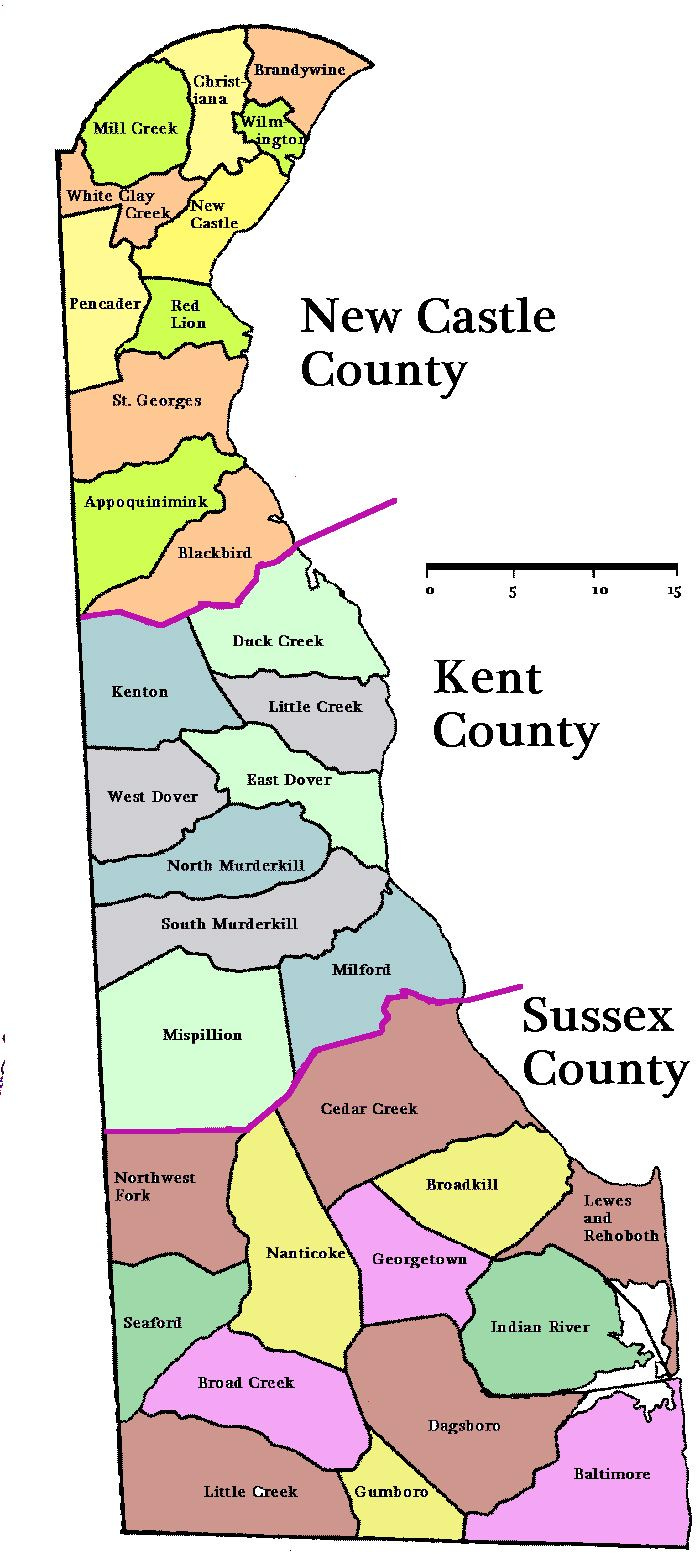If you live in or around Delaware, you might be familiar with a few places referred to as “Hundreds.” As a transplant to Delaware myself, I learned of hundreds through the grapevine until I sat down to write this post. This is far from the most authoritative description of hundreds. For that, I would point you to the Delaware Geological Survey, The Mill Creek Hundred History Blog, and the Historical Marker Database.
Hundreds are Old
The concept of a hundred was imported from Britain long before Delaware separated from Pennsylvania. According to the Historical Marker Database, William Penn established hundreds as administrative units when he was appointed the Lord Proprietor of Pennsylvania in 1682. Hundreds broke counties into smaller, more manageable administrative units. Hundreds were the basic unit of government, handling most municipal functions.
The hundred refers to an area containing 100 families, farms, or men who could be called on to fight if needed - there seems to be some ambiguity about what was being counted. Let’s just split the difference and say ‘household’ which would likely contain most of those things.
Hundreds are Vestigial
Delaware is the only state today that still uses the word, and until the 1960s, the General Assembly used hundreds as their districts. Now that populations are much larger and governing is more complicated, we have more useful units for arranging the geography of public administration. The only thing it seems hundreds are still used for is numbering tax parcels - even though hundreds today probably have many more than 100 households in them. Even though the hundred is an outdated term, place names have a way of sticking around.
Which is Your Hundred?
There are 33 hundreds in Delaware. New Castle County has eleven, Kent County has eight, and Sussex County has thirteen. Which one is yours?




